This is the largest overland military test range (3,200 square miles) and was established in 1945. Photos are permitted inside the museum (but not of the military base). The museum has a wide range of exhibits from prehistoric man to the NASA space program.
Pueblo Room. Evidence of inhabitants in this area dating back 10,000 years have been found on the range.
Ranch Room. Ranching was a common way of life here in the 1800s.
The first atomic bomb was tested at White Sands Missile Range on July 14, 1945, in preparation for the bombing of Hiroshima and Nagasaki to end World War II.
Smaller missiles are displayed in the Museum with the larger ones on display in the Missile Park outside.
Cinetheodolite, a sophisticated camera used to film missile tests, was in used since the missile range opened. Scientists could use the films to calculate the position, speed, and acceleration of the missiles. Of course, more sophisticated equipment was used in later years.
WAC Corporal, the first missile launched at White Sands and the first man-made object to leave the earth's atmosphere (10/11/45).
Dogs were used to help track down missile debris after some tests.
Stinger missile used for various applications.
Navy Room.
The only president to visit White Sands Missile Range, this display commemorates JFK's visit in June of 1963. He observed the testing of several missiles while on-site.
Vega Target Control Sysems (1973).
Ben Burtt of Lucas Films presented this Darth Vader helmet to White Sands in 1978 in appreciation for sound recordings of missiles being test-fired. Some of the sounds were used in Star Wars, for which Burtt won an Academy Award.
NASA's space shuttle landed at White Sands in March, 1982.
Photos of the Missile Park are permitted but must have the mountains in the background (in other words, you cannot take photos of the military site and missile range).
Pershing II: Highly accurate 2-stage missile first fired in 1982; major contributor to signing of Intermediate Range Nuclear Forces treaty between the U.S.S.R and the U.S. There were 234 of them destroyed by 1991. This is one of 15 that was disarmed and on display.
Patriot: Long-rang, all-altitude, all-weather, surface-to-air missile that can detect, target, and shoot down attacking missiles or incoming aircraft. The first firing was at White Sands in 1970. They were known as "scud busters" when used in the Middle East.
Fat Man Bomb Casing: Little Boy was the first plutonium bomb and was dropped on Hiroshima, Japan, on August 6, 1945. Fat Boy was the second (and last) nuclear weapon used in warfare. This is a model of the original Fat Boy bomb.
MK5 Guided Missile.
Balloon Launched Decelerator Test Vehicle, used to test the Viking Mars Lander Decelerator in a simulated atmosphere of Mars (1972).
Lance, highly mobile, short/medium-range surface-to-surface missile system using a self-propelled launcher (1965).
Redstone, the Army's largest surface-to-surface ballistic missile (1958), replaced by the Pershing in the 1960s.
In a building located between the Museum and the Missile Park is the V-2 exhibit.
Toward the end of WWII, German scientist, Wernher von Braun, and most of his staff of scientists and engineers surrendered to the U.S. With them can the V-2 missiles (300 railroad freight cars of captured components that were shipped to White Sands) that they had designed and Nazi Germany used to bomb England (1,115 missiles) and enemy countries of Germany (1,950) on the European continent. This was the most advanced and complex missile of the time and served as the research platform that lead to the early stages of the Space Age.
The historical and educational value of the Museum and Missile Park is immense. I had heard about many of these weapons and the history/development of them, but seeing the displays and the actual devices was pretty incredible. All of them on display were tested at White Sands and there is extensive documentation on each.
Admission is free (but you must have photo ID and check in at the Reception office). Both John and I really enjoyed the history lesson today about this time in our country's history.
Website: www.wsmr-history.org

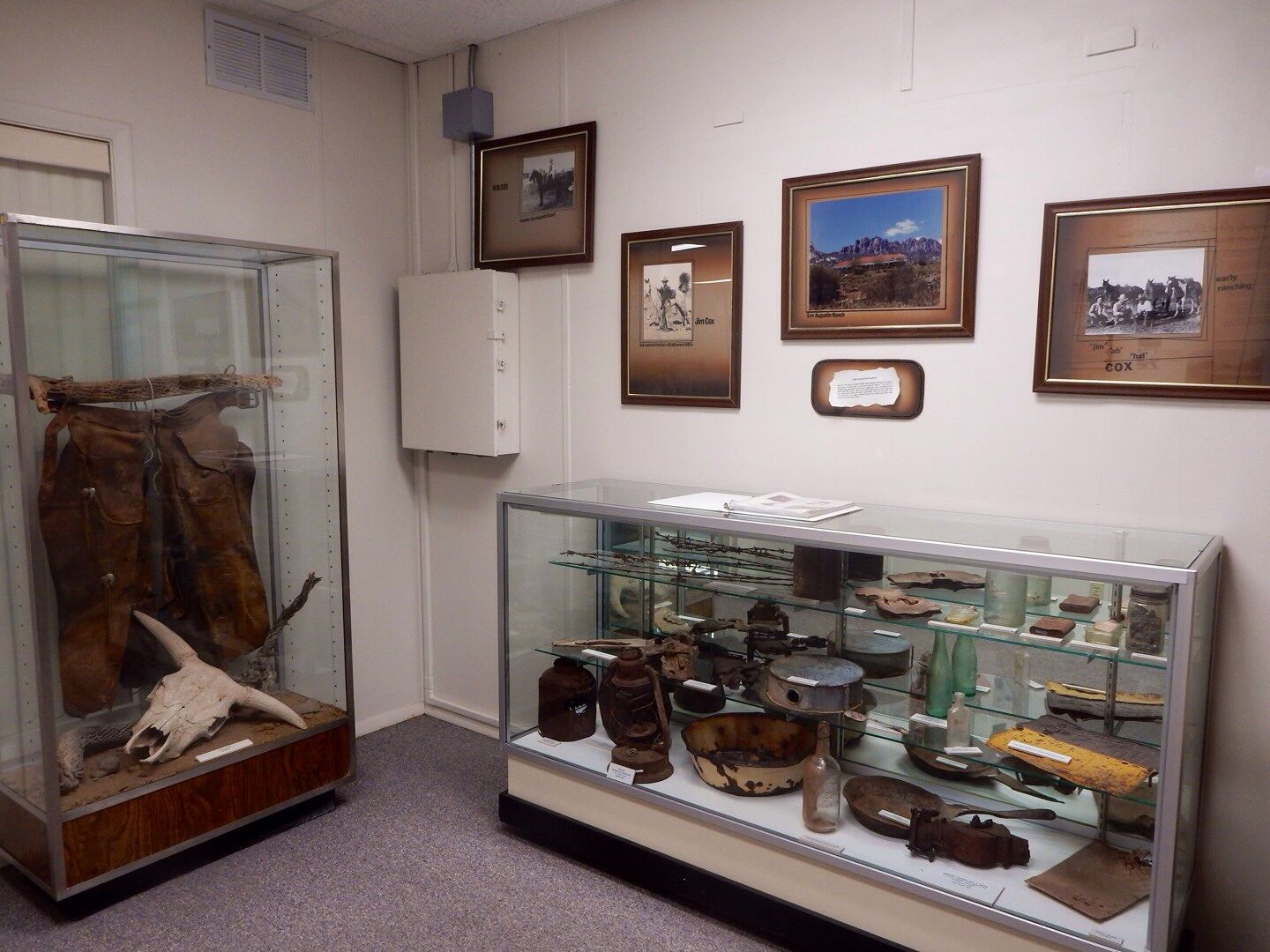
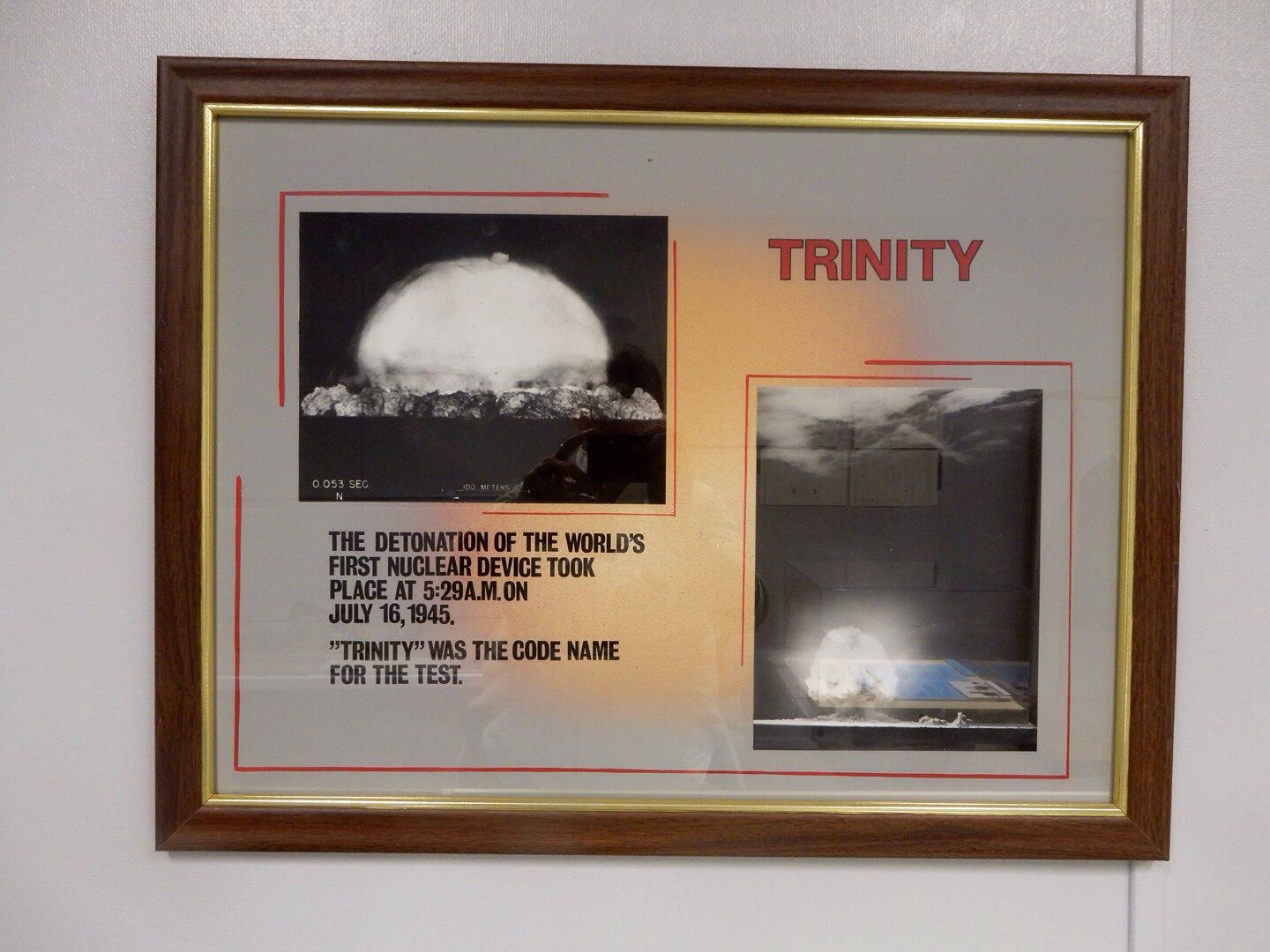


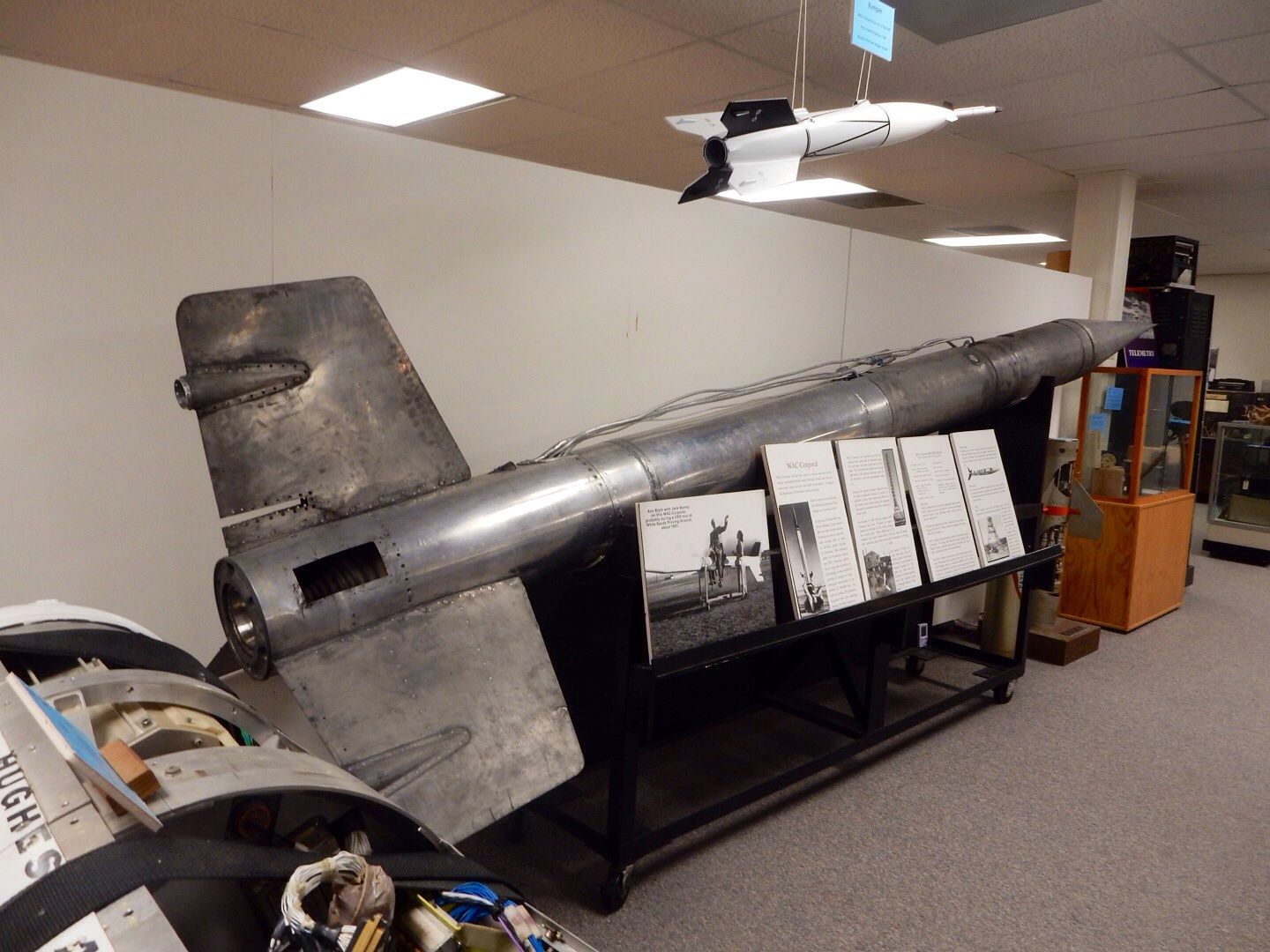
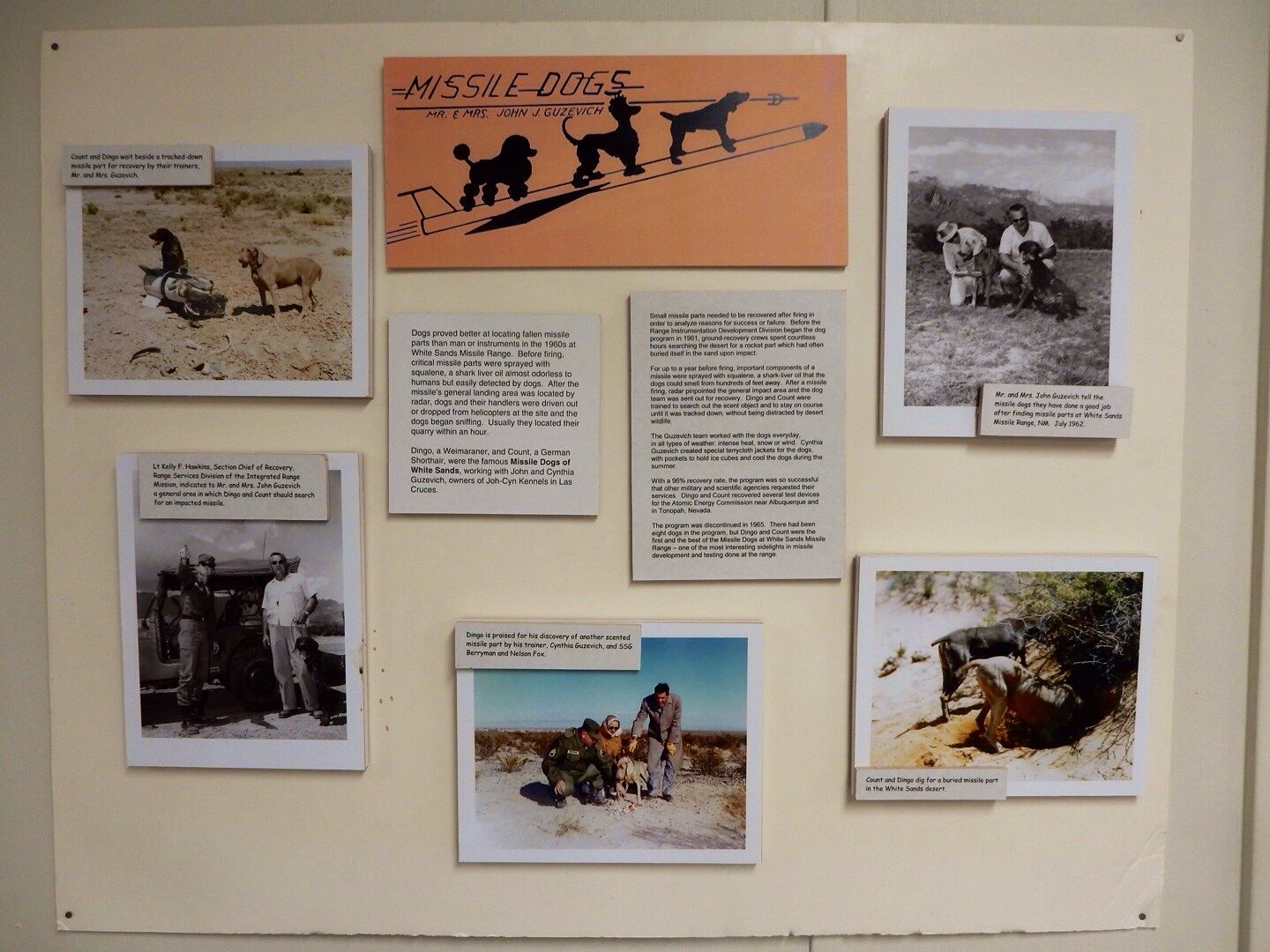



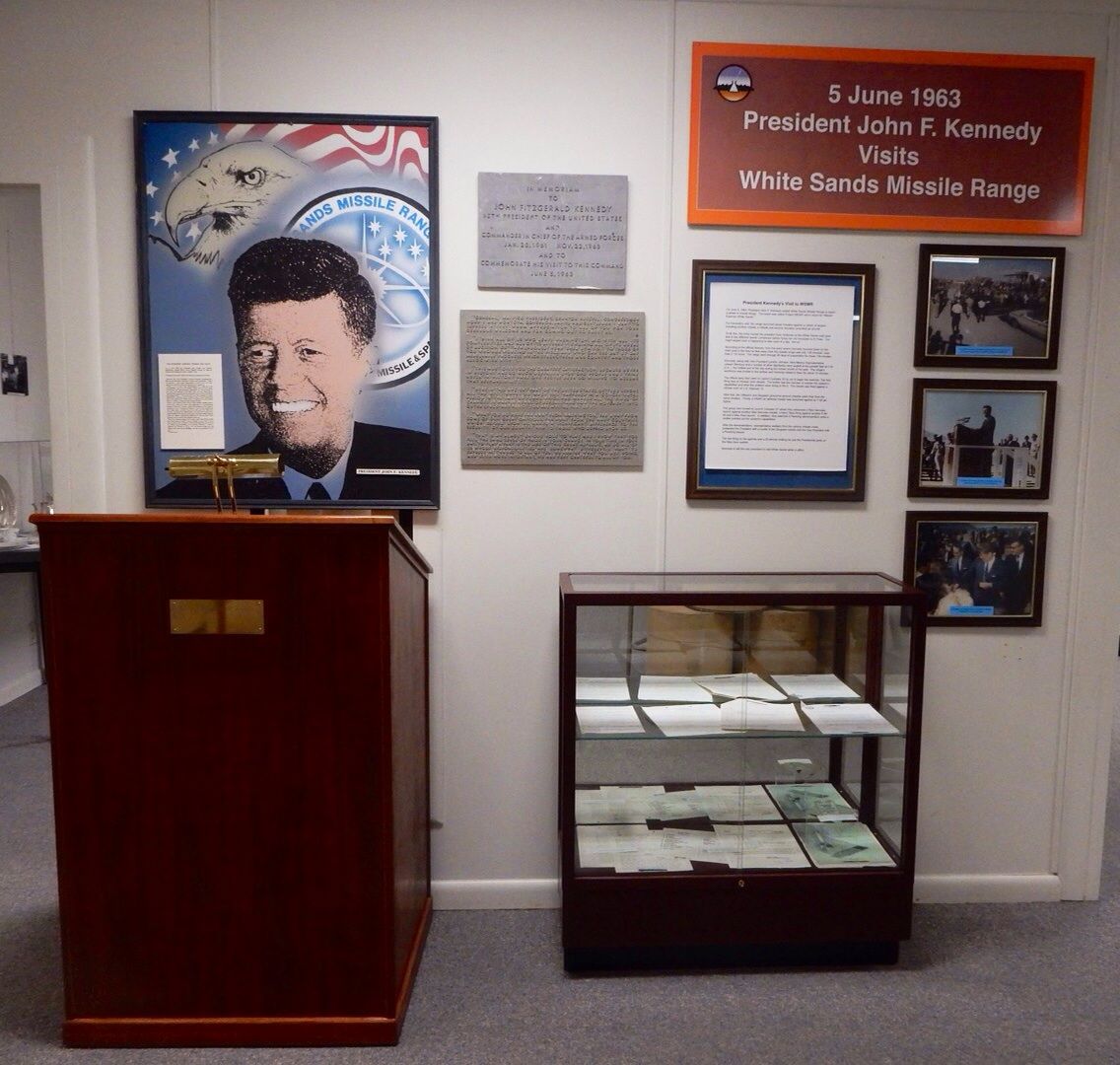
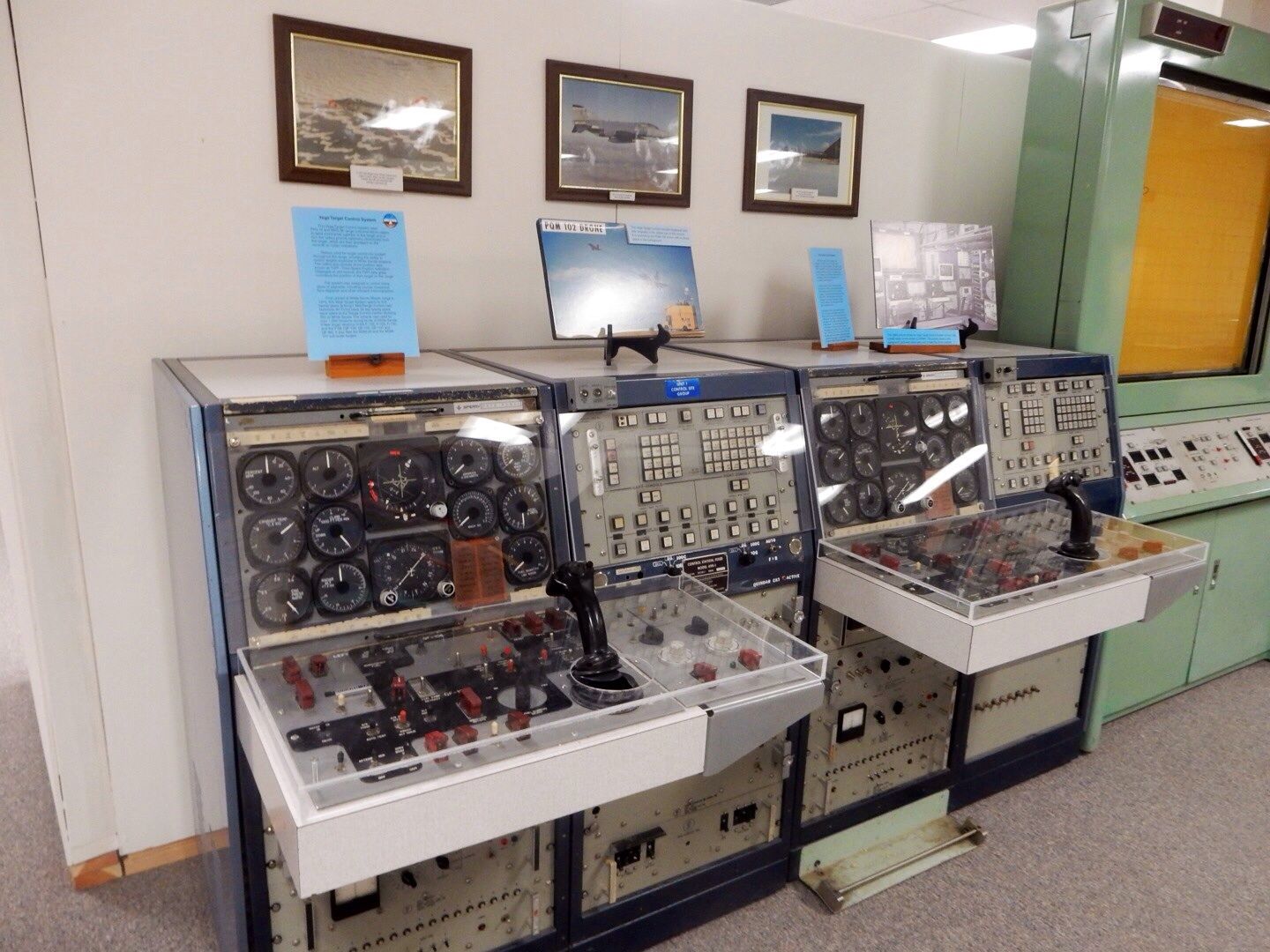
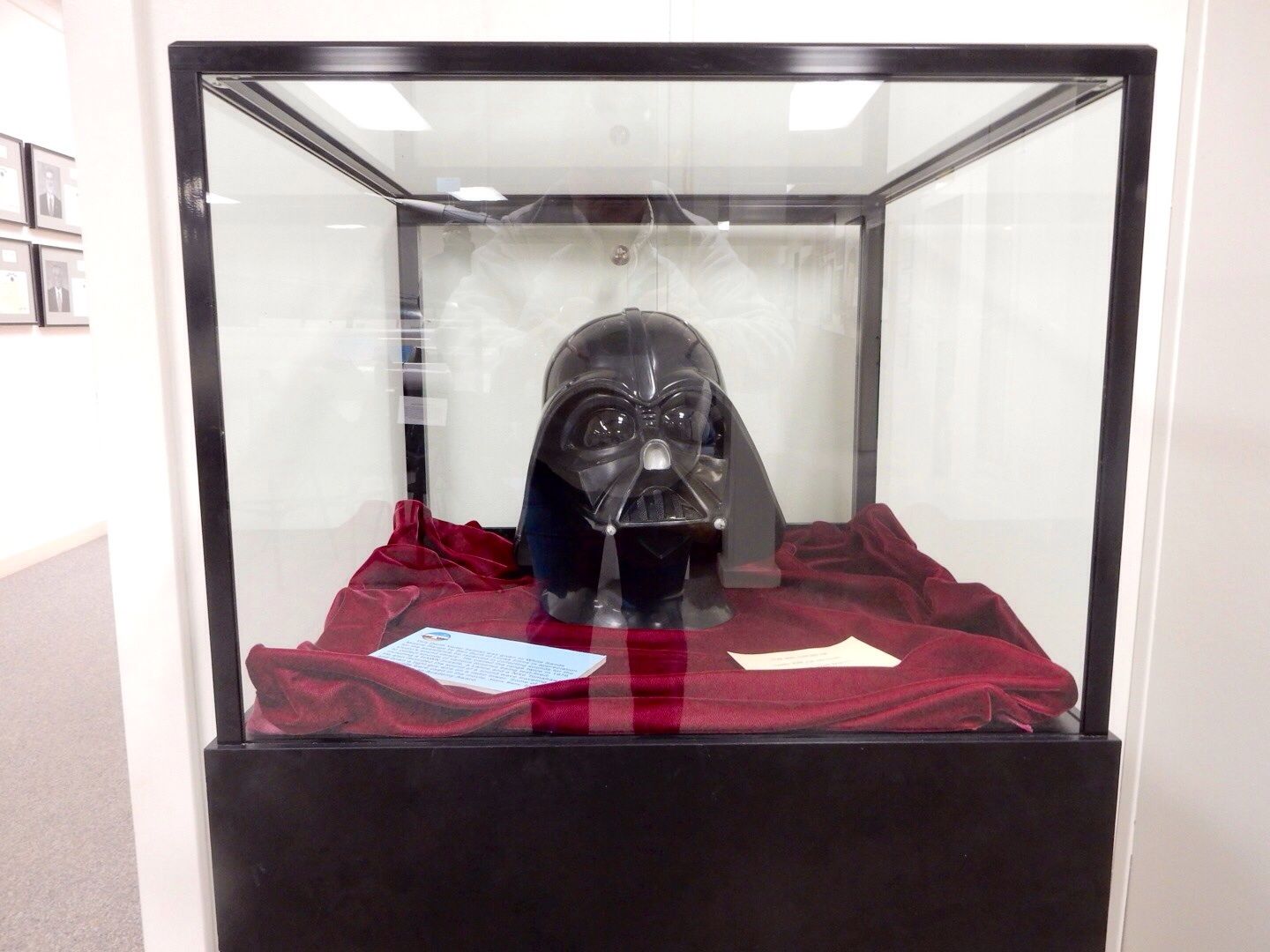
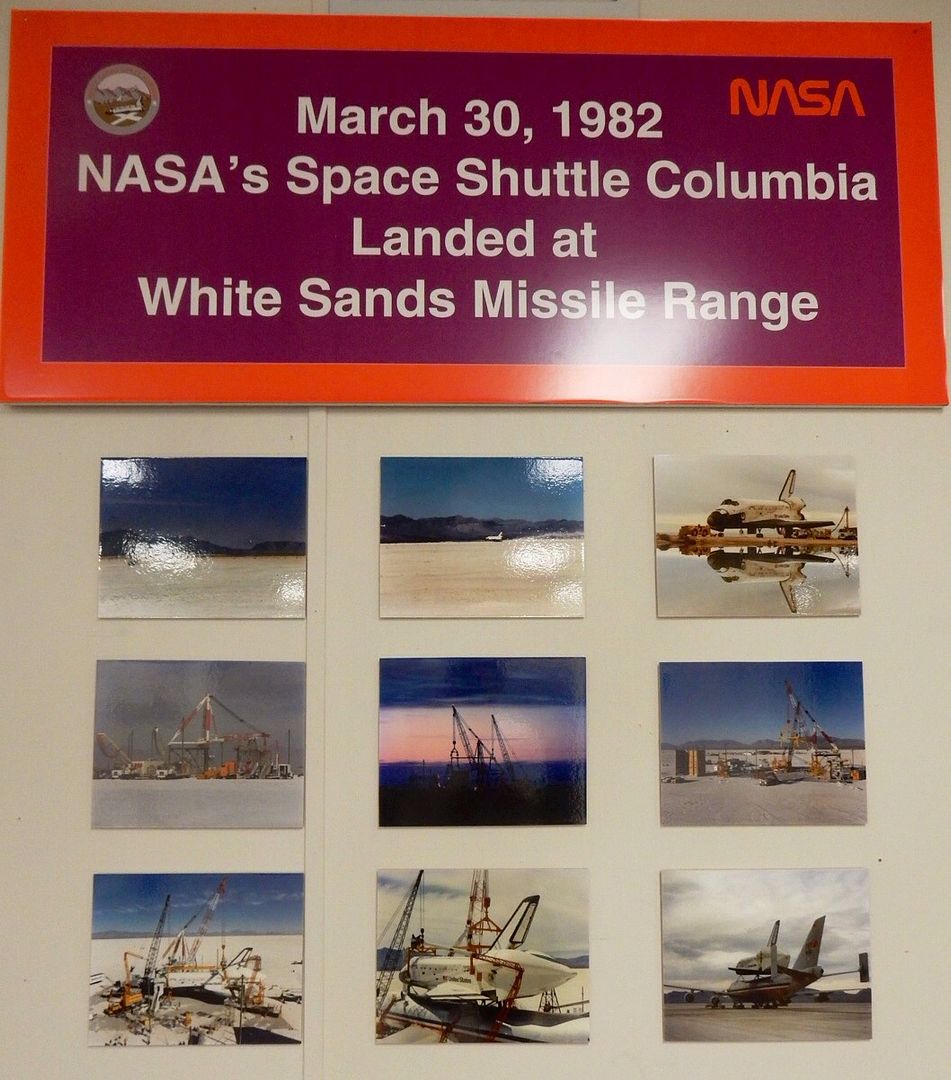
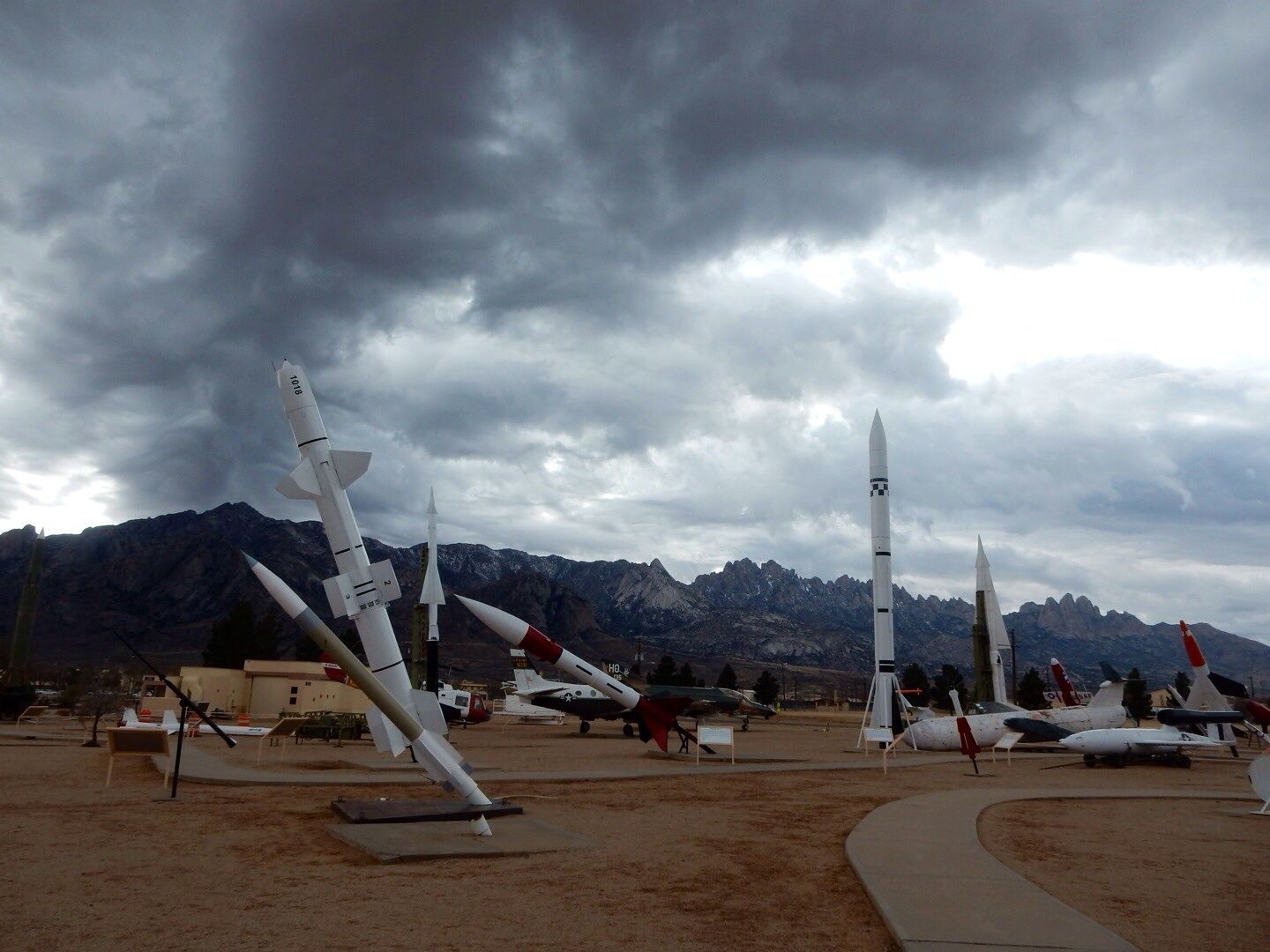

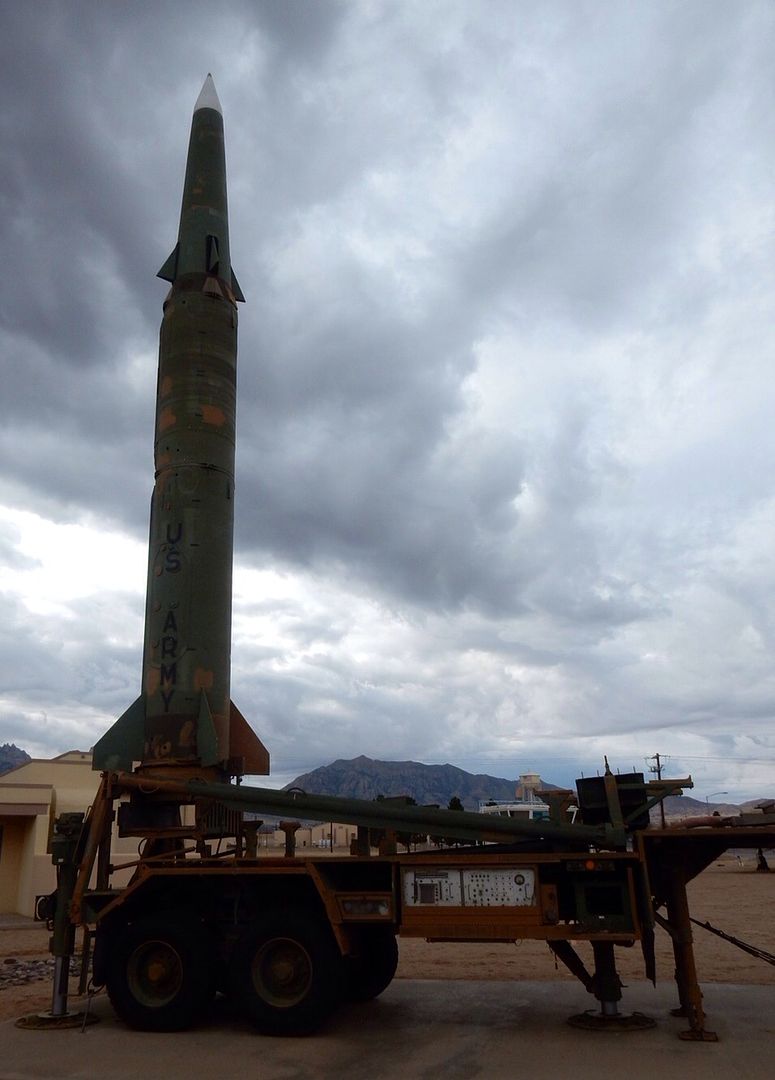
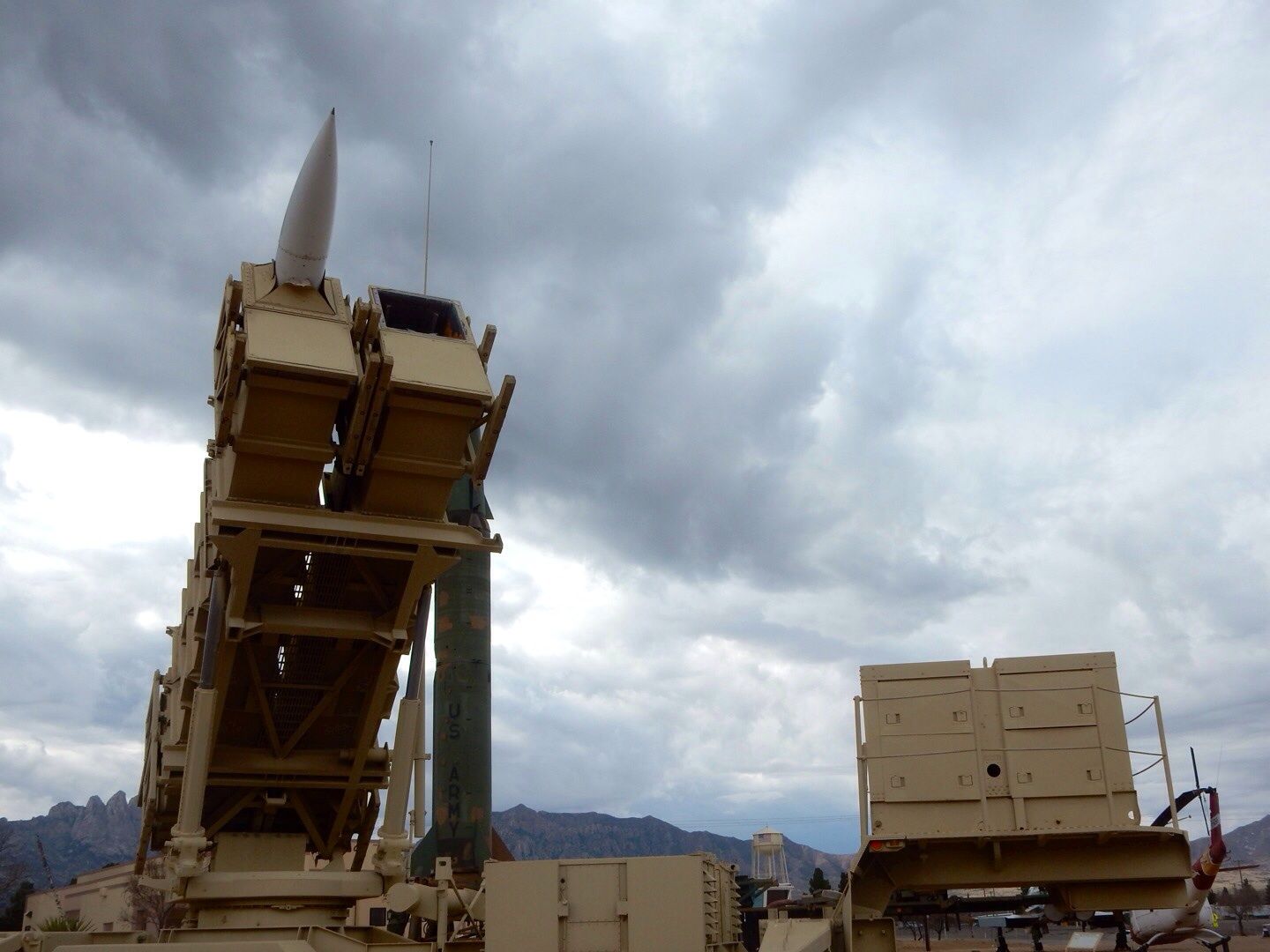

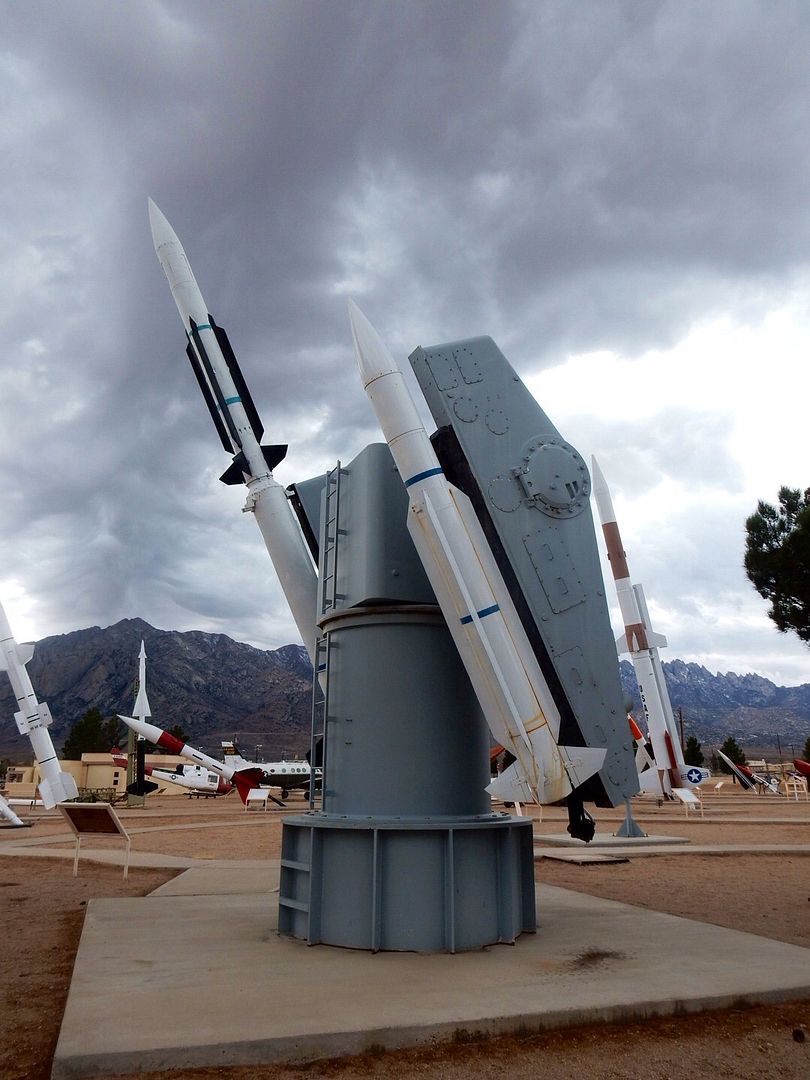


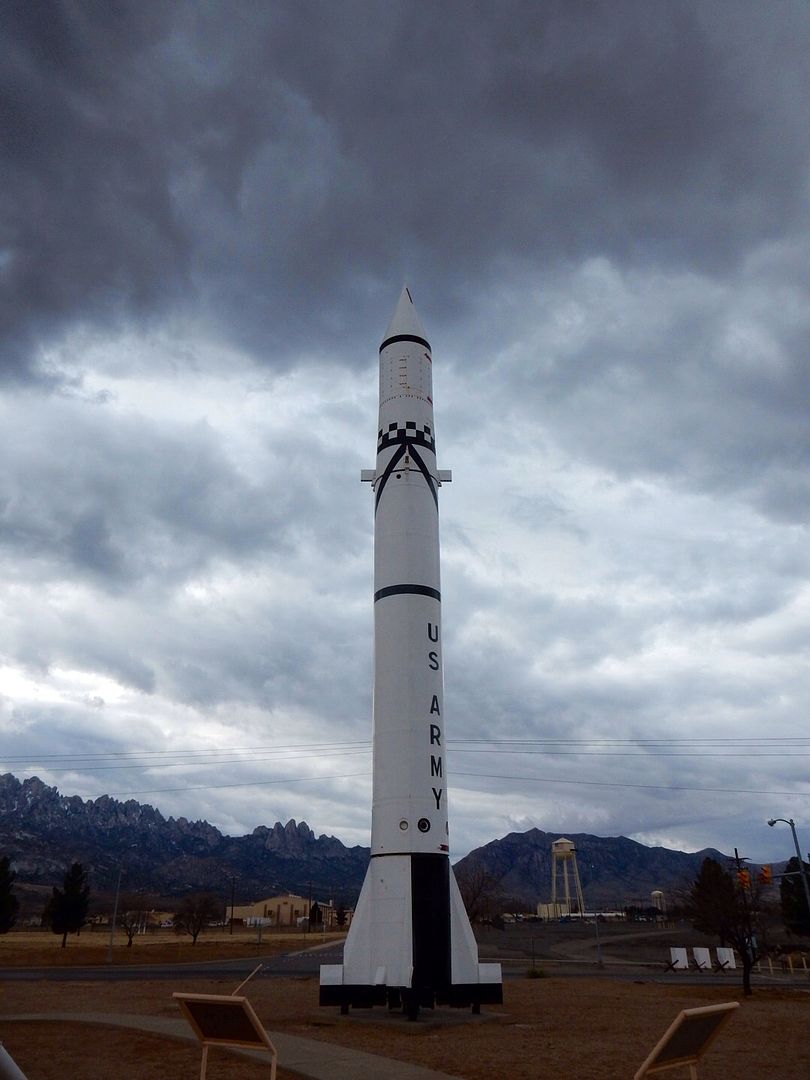

No comments:
Post a Comment